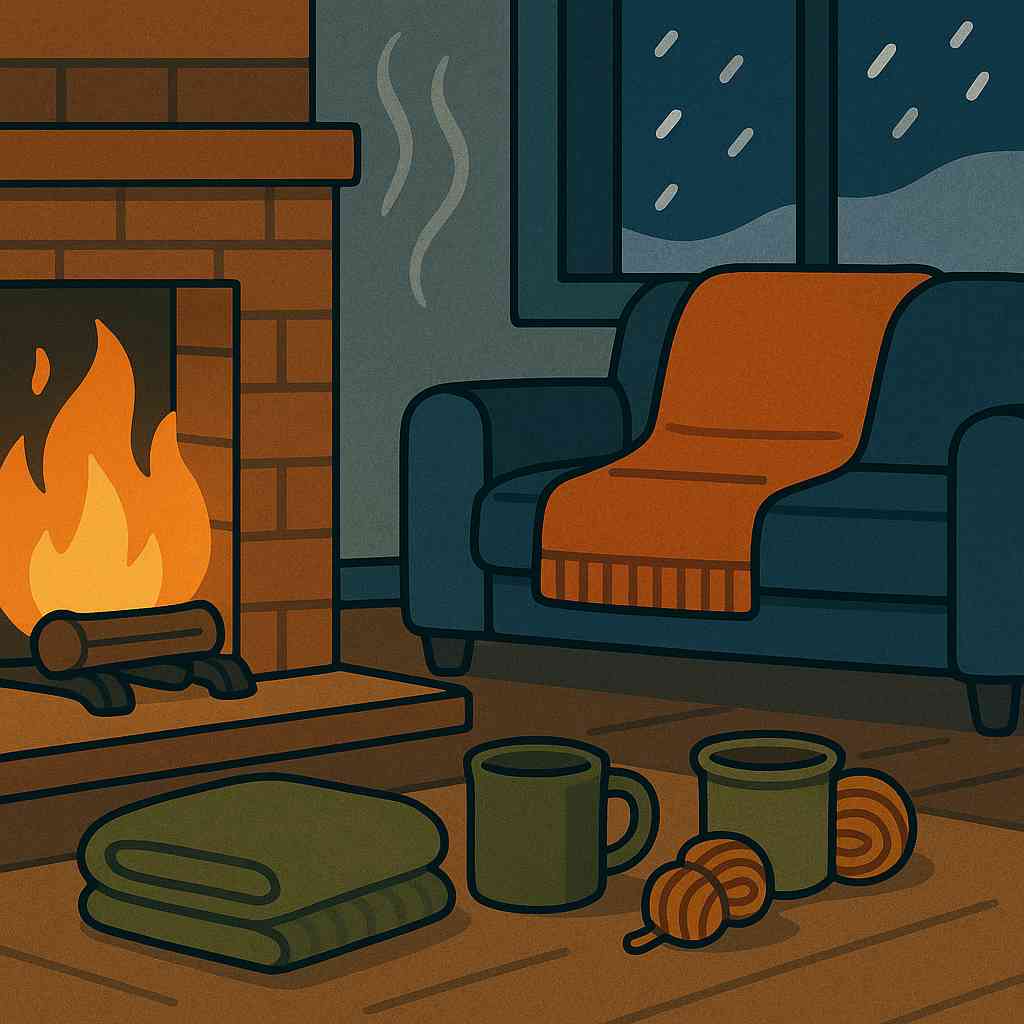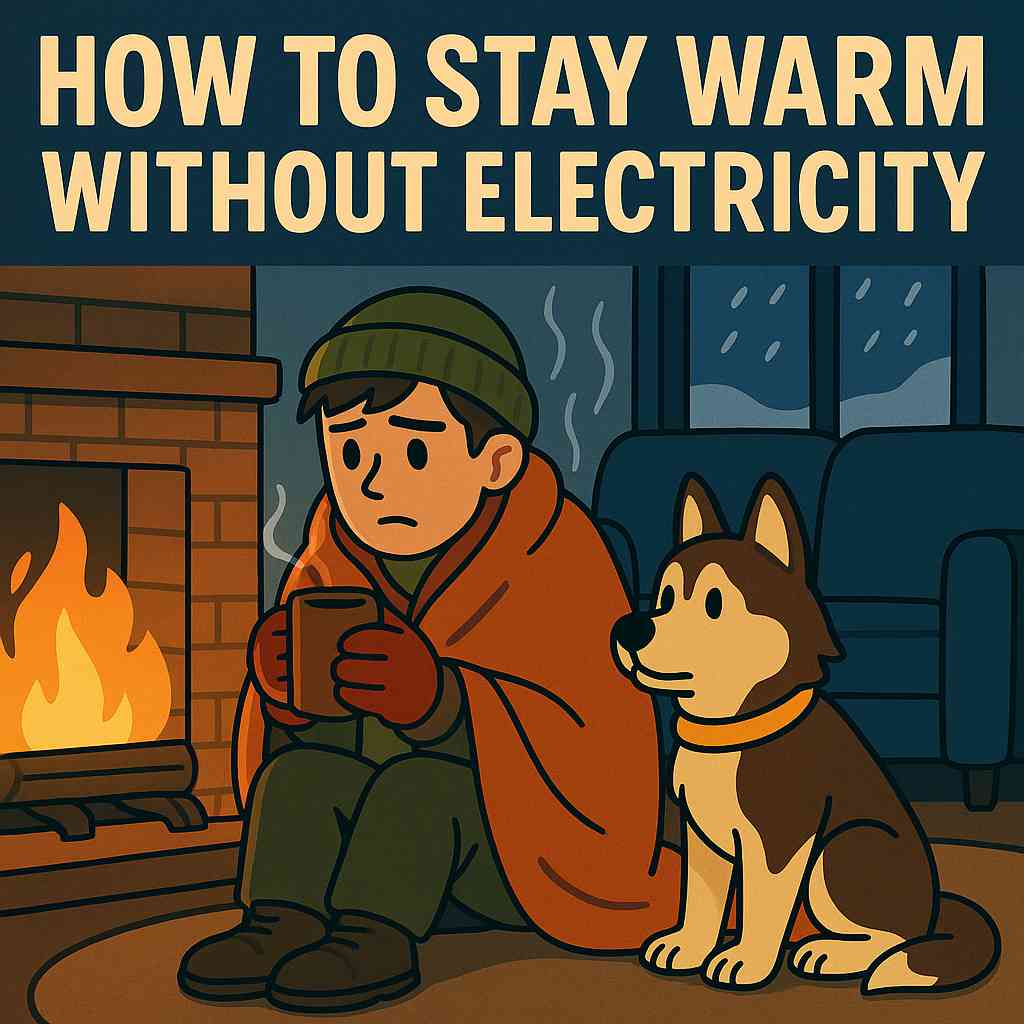✅ Layer Up and Preserve Body Heat
Your body is the primary heat source. Wear thermal base layers, wool sweaters, and wind-resistant outerwear. Don’t forget a hat—up to 10% of body heat is lost through the head. Use gloves, thick socks, and scarves. The goal is to trap body heat while allowing moisture to escape. At night, sleep in sleeping bags rated for cold weather or wrap yourself in layered blankets. Sleeping bags inside tents (yes, even indoors!) can concentrate heat. Avoid cotton, as it holds moisture and causes heat loss. Always stay dry—dampness accelerates hypothermia.
✅ Insulate Your Shelter Strategically
Seal all windows and door gaps using towels, blankets, or even bubble wrap. Close off unused rooms to concentrate heat in one area. Hang blankets or shower curtains over doors to reduce heat loss. Cover bare floors with rugs or layers of cardboard to block cold from below. Use candles (safely) or oil lamps to provide minimal radiant heat—but always ventilate. A tent or canopy inside your living space traps body heat. Think of it as building a microclimate within a larger room. The more confined the space, the easier it is to warm.

✅ Alternative Heat Sources Without Electricity
Invest in a portable propane or butane heater rated for indoor use (e.g., Mr. Heater). Always follow safety instructions and ensure ventilation. Hand warmers, thermal packs, and heated blankets powered by battery banks or solar chargers can also help. DIY clay pot heaters using tea lights offer minor warmth in small spaces. Fireplaces or wood stoves are excellent if maintained—but avoid burning trash indoors. In emergencies, even boiling water in a sealed container and placing it near your sleeping area can provide warmth.
✅ Keep Moving and Stay Nourished
Motion generates heat. Even gentle exercises like stretching, walking in place, or doing air squats can boost body temperature. Avoid excessive sweating—moisture leads to rapid cooling. Eat calorie-dense foods: nuts, chocolate, peanut butter, canned stews. Your body needs fuel to generate warmth. Drink warm (not hot) liquids if possible. Hydration helps circulation. Avoid alcohol—it gives a false sense of warmth and dilates blood vessels, leading to faster heat loss.
✅ Conclusion
Surviving cold weather without electricity isn’t about gadgets—it’s about strategy. Use your body heat wisely, insulate your environment, and adapt with smart survival thinking. Staying warm without electricity is achievable with basic gear and a little know-how. Start preparing now—because when the lights go out, the cold won’t wait.
✅ FAQ
Q1. Are portable propane heaters safe indoors?
A1. Only if labeled for indoor use and with proper ventilation. Never sleep with one running continuously.
Q2. Can candles really heat a room?
A2. Only very slightly. Use candles inside a tent or confined space to trap their minimal heat more effectively.
Q3. What’s the best clothing material for staying warm?
A3. Wool and fleece are ideal. Avoid cotton, which traps moisture and leads to faster cooling.
Related survival guides you should also read:

